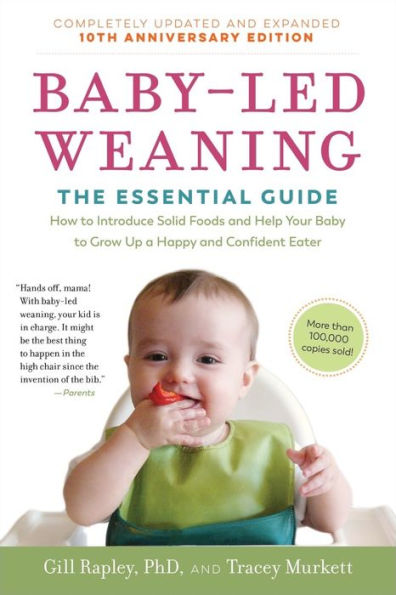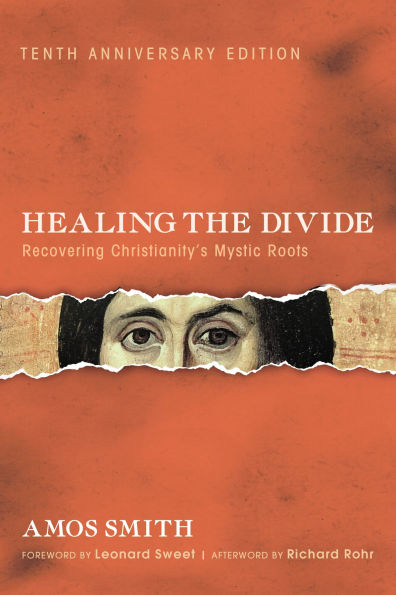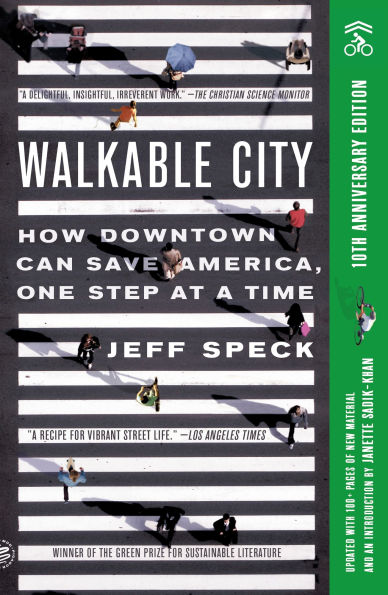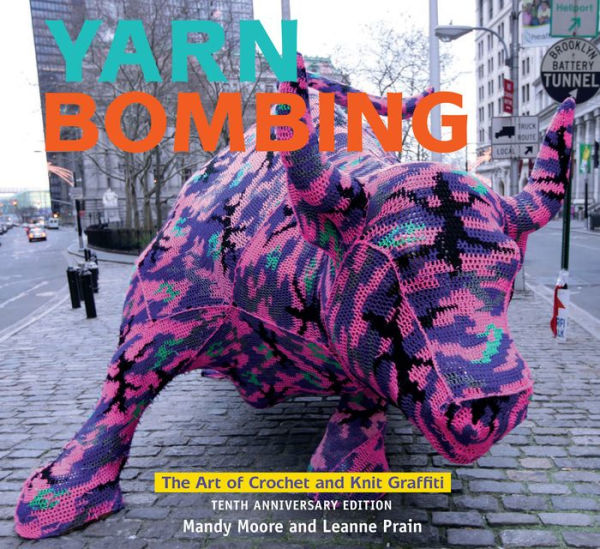Home
How Fiction Works: (Tenth Anniversary Edition) Updated and Expanded
Barnes and Noble
How Fiction Works: (Tenth Anniversary Edition) Updated and Expanded
Current price: $19.00
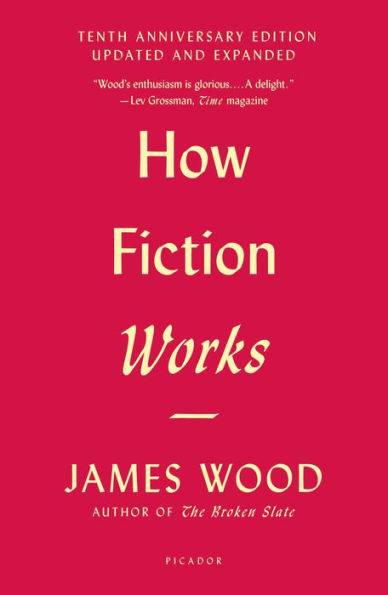

Barnes and Noble
How Fiction Works: (Tenth Anniversary Edition) Updated and Expanded
Current price: $19.00
Size: OS
Loading Inventory...
*Product information may vary - to confirm product availability, pricing, shipping and return information please contact Barnes and Noble
10th anniversary revised edition with new Introduction
James Wood's
How Fiction Works
is a scintillating study of the magic of fiction—an analysis of its main elements and a celebration of its lasting power.
Here one of the most prominent and stylish critics of our time looks into the machinery of storytelling to ask some fundamental questions: What do we mean when we say we "know" a fictional character? What constitutes a telling detail? When is a metaphor successful? Is Realism realistic? Why do some literary conventions become dated while others stay fresh?
James Wood ranges widely, from Homer to
Make Way for Ducklings
, from the Bible to John le Carré, and his book is both a study of the techniques of fiction-making and an alternative history of the novel. Playful and profound,
will be enlightening to writers, readers, and anyone else interested in what happens on the page.
James Wood's
How Fiction Works
is a scintillating study of the magic of fiction—an analysis of its main elements and a celebration of its lasting power.
Here one of the most prominent and stylish critics of our time looks into the machinery of storytelling to ask some fundamental questions: What do we mean when we say we "know" a fictional character? What constitutes a telling detail? When is a metaphor successful? Is Realism realistic? Why do some literary conventions become dated while others stay fresh?
James Wood ranges widely, from Homer to
Make Way for Ducklings
, from the Bible to John le Carré, and his book is both a study of the techniques of fiction-making and an alternative history of the novel. Playful and profound,
will be enlightening to writers, readers, and anyone else interested in what happens on the page.
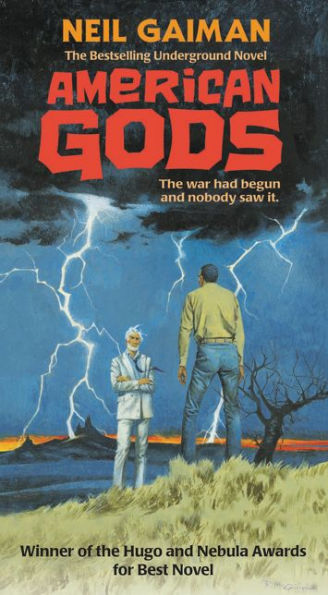
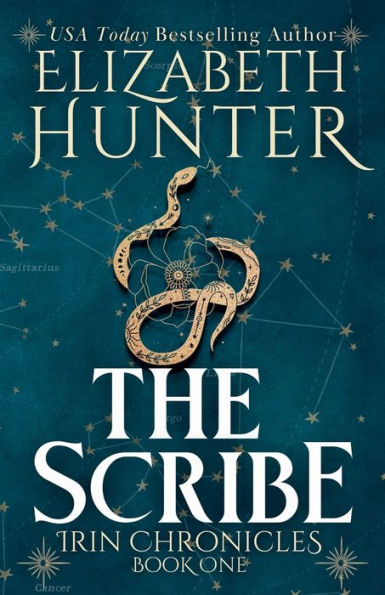
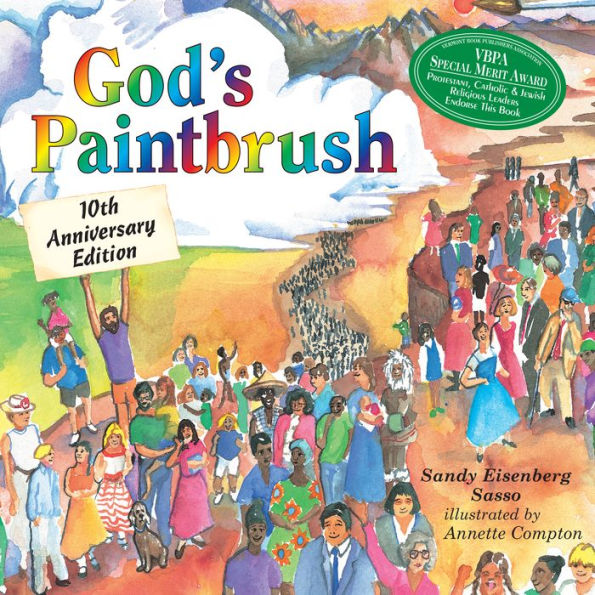
![The Flesh Prevails [Tenth Anniversary Edition]](https://prodimage.images-bn.com/pimages/0197190453591_p0_v1_s600x595.jpg)
